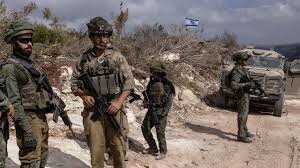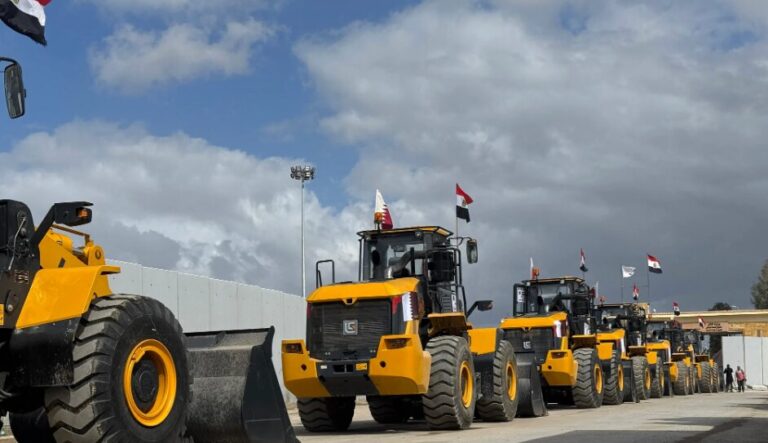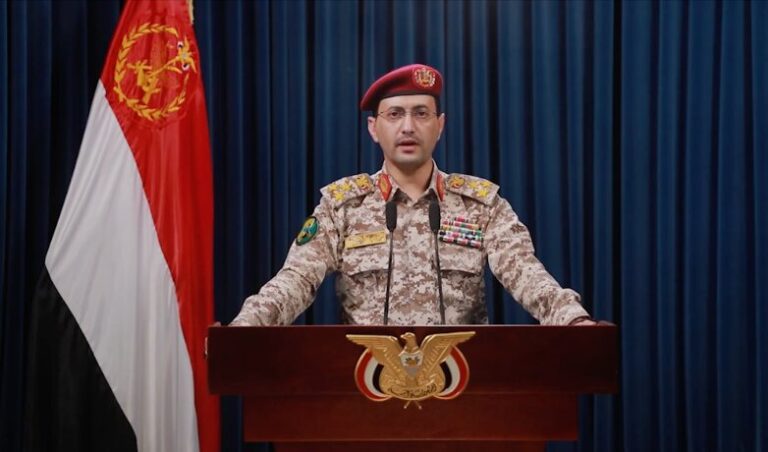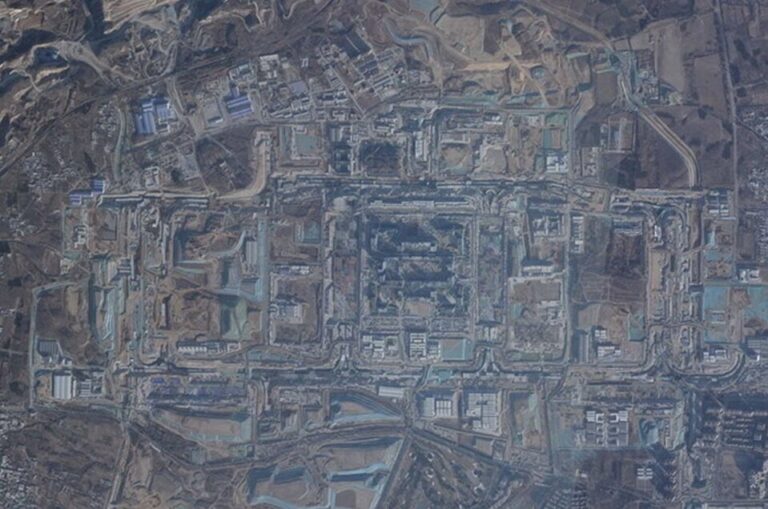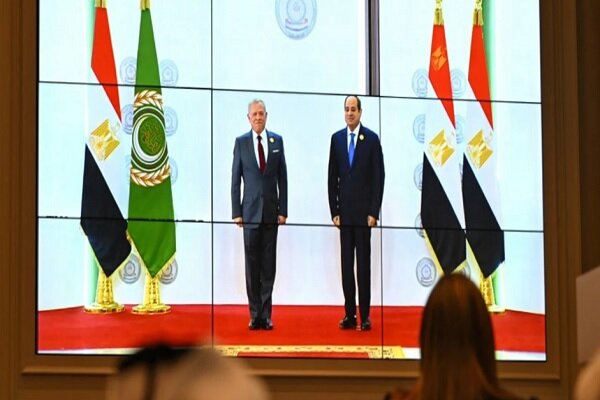Israel Maintains Presence at Five Key Strategic Locations in Southern Lebanon
Israel’s Military Withdrawal from Southern Lebanon is a significant development in the ongoing tensions between Israel and Hezbollah. As part of the ceasefire agreement, Israel is required to withdraw its forces from Lebanon, and this has raised questions about the future stability of the region.
According to recent statements from the Israeli government, Israeli forces will maintain a presence at five strategic locations in southern Lebanon, despite the impending deadline for a complete withdrawal. This decision has sparked controversy and concern among international observers, as the ceasefire aims to reduce hostilities between the two parties.
The ceasefire agreement, which was established in late November of the previous year, was intended to halt the ongoing clashes and create a framework for peace in the region. However, reports indicate that Israel has repeatedly violated the terms of this ceasefire, raising fears of a renewed conflict.
- Ceasefire Agreement Details: The ceasefire was designed to establish peace and reduce military engagements between Israel and Hezbollah.
- Strategic Importance: The five points where Israeli forces plan to remain are considered crucial for military monitoring and defense.
- International Concerns: The ongoing military presence may undermine the efforts to achieve lasting peace in southern Lebanon.
Israel’s military strategy appears to be focused on maintaining a level of control and oversight in the area, which has historically been a hotspot for conflict. The Israeli Defense Forces (IDF) have articulated their rationale for staying at these strategic points, emphasizing the need for security and vigilance against potential threats.
In response to Israel’s actions, Hezbollah has expressed strong condemnation, labeling these military maneuvers as violations of the ceasefire agreement. The group has vowed to resist any further incursions by Israeli forces and has called for international intervention to uphold the terms of the ceasefire.
As the deadline for full withdrawal approaches, the situation remains tense. Analysts have pointed out several key factors that could influence the outcome of this situation:
- Regional Stability: The presence of Israeli forces may lead to increased tensions not only with Hezbollah but also with other regional actors.
- Potential for Escalation: Continued military operations could provoke retaliatory actions from Hezbollah, potentially leading to a cycle of violence.
- International Reactions: The international community is closely monitoring the situation, and responses from major powers could impact the course of events.
Moreover, the implications of Israel’s military presence in southern Lebanon extend beyond immediate military concerns. Humanitarian issues are also at the forefront, as civilian populations in the region may face disruptions and hardships as a result of ongoing military operations and tensions.
In light of these developments, it is crucial for all parties involved to prioritize dialogue and diplomatic efforts. The potential for a peaceful resolution hinges on the commitment of both Israel and Hezbollah to adhere to the terms of the ceasefire and seek constructive solutions.
While the situation remains fluid, the call for a comprehensive and lasting peace in the region is more pertinent than ever. Stakeholders must engage in open communication and work towards a future where military confrontations are replaced by diplomatic negotiations.
In conclusion, the upcoming deadline for Israel’s military withdrawal from southern Lebanon is a pivotal moment in the ongoing conflict with Hezbollah. The decisions made in the coming days will have lasting repercussions, not only for the immediate area but for the broader geopolitical landscape. It is essential for both sides to recognize the importance of stability and peace and to act accordingly.
